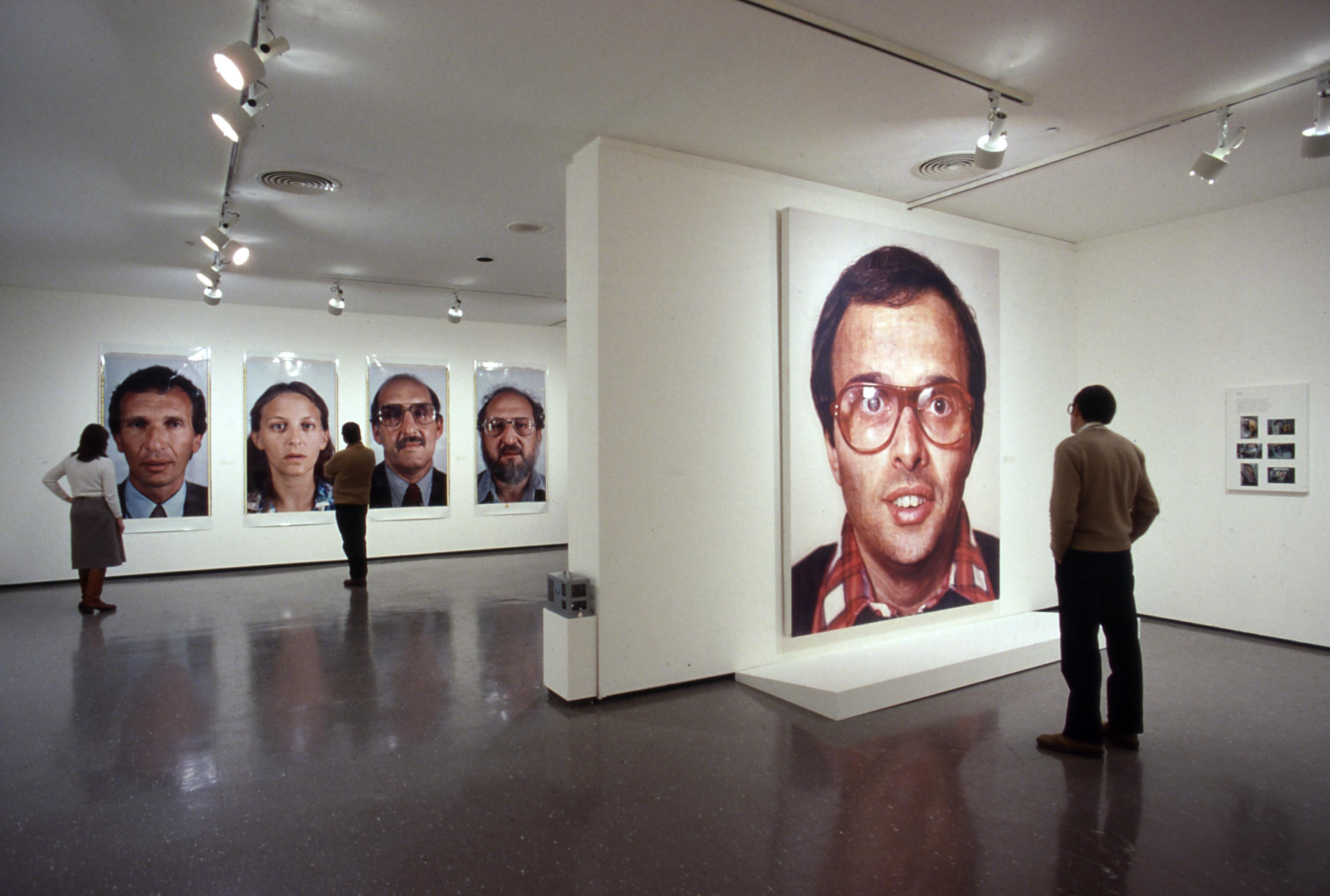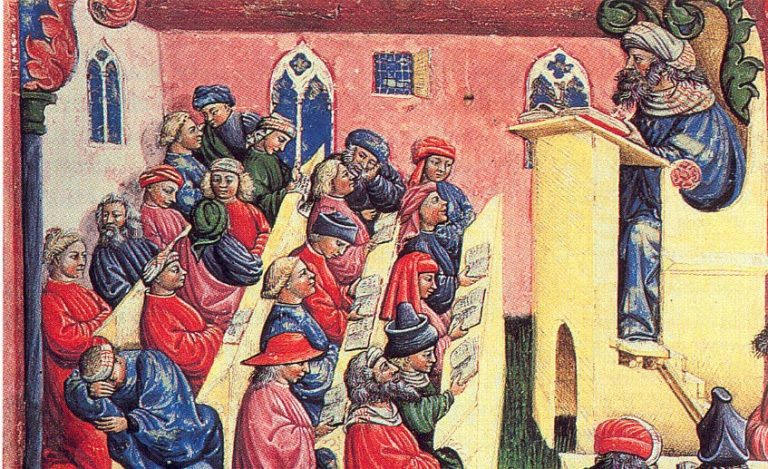The Portraits Exhibition at Harvard University invites visitors to explore the powerful narratives behind each brushstroke, where art intertwines with activism. Curated by artist Robert Shetterly and the Harvard Foundation, this exhibition amplifies voices often silenced in the discourse of cultural representation. Through evocative portraits, including the impactful “Gender Equity Portraits,” Shetterly tells the stories of extraordinary individuals who have shaped social justice movements. The event not only showcases the artistic talents of Shetterly but also serves as a platform for dialogue on hope and change. As these portraits invite contemplation, they remind us of the pivotal role art plays in challenging societal norms and inspiring action around issues such as gender equity and representation in contemporary culture.
The Harvard Portraits Exhibition stands as a testament to the intersection of visual storytelling and social justice advocacy. This showcase, highlighting the essence of art as a reflection of our collective history, features works that spotlight courageous figures within the realm of cultural representation. Through this display, viewers are encouraged to engage with the intricate narratives behind each portrait, emphasizing the themes of hope, change, and activism. Notably, the inclusion of portraits dedicated to gender equity reinforces the ongoing dialogue regarding representation and allyship in our society. By reimagining how we perceive these influential individuals, the exhibition fosters a deeper appreciation for the role of art in advocating for meaningful change.
Understanding the Significance of the Portraits Exhibition
The ‘Seeing Each Other’ exhibition, featuring the work of Robert Shetterly and the Harvard Foundation Portraiture Project, serves as a vital platform for cultural representation. This exhibition is more than just an art display; it is a powerful acknowledgment of the diverse voices that have often been overlooked in mainstream narratives. By highlighting individuals such as Rosa Rios and Pauli Murray, the exhibition brings forth stories of courage and resilience that resonate deeply within society today. With a keen focus on art and activism, this exhibition aims to challenge viewers to engage more meaningfully with the subjects portrayed, ultimately fostering a deeper understanding of social justice issues.
In addition to its artistic value, the exhibition seeks to inspire change by encouraging discussions around representation and the importance of inclusivity in art. Each portrait in the exhibition carries a story that prompts reflections on gender equity and the contributions of women to societal progress. For instance, the portrayal of Sherrilyn Ifill not only honors her legacy in civil rights activism but also serves to educate audiences about the ongoing struggles for equity and justice that women of color face today. Through this initiative, the exhibition becomes a conduit for dialogue around cultural representation and the role of art in activism.
Art and Activism: The Vision of Robert Shetterly
Robert Shetterly’s work exemplifies the profound connection between art and activism. His ‘Americans Who Tell the Truth’ series is a testament to the strength of portraits as storytelling tools, revealing the courage of those who dare to speak out against injustice. Each subject is meticulously chosen based on their impact on social change, embodying the essence of activism through their lived experiences. By painting these notable figures, Shetterly aims to inspire viewers to not only recognize their contributions but also to reflect on their roles within the larger fabric of society.
Shetterly’s artistic approach is unique; he incorporates personal quotes from his subjects into the portraits themselves. This technique serves a dual purpose: it deepens the viewer’s connection to the depicted individual and emphasizes the weight of their words, making the portraits more than just visual representations but also platforms for advocacy. This aligns closely with the themes of cultural representation and gender equity, highlighting how artistic expression can be a powerful catalyst for social change. Through his portraits, Shetterly invites audiences to engage with the narratives of those who embody courage and resilience in their fight for justice.
Exploring Gender Equity Through Portraiture
The ‘Seeing Each Other’ exhibition highlights the critical importance of gender equity in the conversations surrounding societal progress. By featuring portraits of women leaders such as Eileen Southern and Regina Jackson, the exhibition not only celebrates their achievements but also emphasizes the need for continued advocacy for women’s rights. The inclusion of their stories in the context of the exhibition serves to educate audiences about the historical and ongoing challenges that women face, encouraging a dialogue about the necessity of gender equity in all facets of life.
Moreover, the exhibition functions as a reminder of the collective effort required to advance gender equity. Habiba Braimah’s remarks about the role of allies reinforce the idea that social justice is not a solitary endeavor; rather, it demands collaboration and solidarity across diverse communities. This focus on gender equity within portraiture allows for a multifaceted exploration of the subject, demonstrating how art can reflect and contribute to broader social movements. By bringing to light the powerful narratives of women who have fought for justice, the exhibition inspires others to join in the pursuit of an equitable society.
The Impact of Cultural Representation in Art
Cultural representation in art plays a pivotal role in shaping societal perceptions. The ‘Seeing Each Other’ exhibition offers a unique insight into how portraiture can elevate marginalized voices while showcasing the rich tapestry of human experiences. By focusing on individuals from varied backgrounds, the exhibition challenges the conventional understanding of representation in art and highlights the significance of inclusivity. This approach not only broadens the narrative presented in galleries but also encourages viewers to explore the diverse histories and cultures that contribute to the American story.
Additionally, by intertwining the themes of art and activism, the exhibition illustrates how cultural representation can act as a catalyst for change. The portraits serve as powerful visual statements that invite reflection and discussion around the issues faced by the subjects depicted. Each artwork becomes a conduit for educating audiences about the complexities of cultural identity and social justice. As viewers engage with the portraits, they are encouraged to reflect on their roles in advocating for inclusivity and equality, ultimately reinforcing the importance of representation in the arts.
Artistic Techniques in Portraiture and Their Messages
The artistic techniques employed by Robert Shetterly in his portraiture are significant not only for their aesthetic appeal but also for the powerful messages they convey. By using wood panels and dental tools to carve quotes from his subjects into the artwork, Shetterly adds an element of depth and connection to each piece. This method transforms the portraits into more than mere depictions; they embody the voices of the subjects themselves. By integrating text into the visual medium, Shetterly encourages viewers to pause and contemplate the message behind the image, fostering a deeper engagement with the artwork.
Moreover, the choice of materials and techniques reflects a commitment to authenticity and emotional expression in portraiture. While traditional portrait painting often emphasizes realism, Shetterly’s unique style brings forth an organic, tactile quality that resonates with viewers. This approach aligns closely with the goals of the exhibition by highlighting the courage and social consciousness of the subjects. By inviting audiences to explore these artistic nuances, the exhibition underscores the significance of technique in communicating profound messages about culture, identity, and activism in contemporary society.
Connecting with the Audience: Importance of Engagement
The connection between the portraits and the audience is fundamental to the success of the ‘Seeing Each Other’ exhibition. Robert Shetterly’s intentional inclusion of quotes serves to bridge the gap between the viewer and the subject, prompting personal reflections and emotional responses. By making the words of the portrayed individuals a part of the artwork, Shetterly encourages visitors to engage meaningfully with the narratives presented. This practice recognizes that the true power of portraiture lies not just in its visual representation but in its ability to communicate the essence of the human experience.
Furthermore, the exhibition aims to extend beyond the gallery walls by encouraging discussions and reflections on the messages conveyed through the portraits. By hosting conversations with curators and artists, such as Brenda Tindal and Shetterly, the exhibition provides avenues for visitors to dive deeper into the significance of cultural representation and its impact on social justice movements. This interactive approach fosters a sense of community, promoting a shared responsibility for advocacy and creating a more inclusive future through the medium of art.
The Role of Harvard in Promoting Diverse Narratives
Harvard University has long been a hub for intellectual and cultural discourse, and the ‘Seeing Each Other’ exhibition embodies this legacy by promoting diverse narratives through art. By featuring portraits from both the Harvard Foundation Portraiture Project and Shetterly’s series, the exhibition reflects the institution’s commitment to cultural representation and inclusivity. These projects not only celebrate the achievements of Harvard affiliates but also emphasize the importance of diversity in shaping our understanding of history and society.
The partnership between various departments, including the Office for the Arts and the Harvard College Women’s Center, further illustrates Harvard’s dedication to intersectionality in its initiatives. By bringing together artists and historians to showcase the contributions of marginalized communities, Harvard plays a key role in fostering an environment where different voices are recognized and valued. Through exhibitions like ‘Seeing Each Other,’ the university encourages a culture of dialogue and exploration, paving the way for future projects that continue to promote social justice and equity within the arts.
Legacy of Portraits in Art History
The legacy of portraits in art history is profound, providing a lens through which we can examine societal values and cultural shifts. Throughout history, portraits have served as powerful representations of individuals, often reflecting the prevailing attitudes toward race, gender, and class. The ‘Seeing Each Other’ exhibition taps into this legacy by not only honoring the individuals depicted but also challenging visitors to reconsider the narratives traditionally associated with portraiture. By showcasing diverse figures who have made significant contributions to social justice, the exhibition re-contextualizes the portrait genre and highlights its potential for promoting progressive values.
Furthermore, the continuing evolution of portraiture reflects our changing understanding of identity and representation in contemporary society. As demonstrated by Robert Shetterly and his inclusion of personal quotes, modern portraiture is increasingly about storytelling and connection rather than merely aesthetic representation. This shift in focus underscores the role of art in activism and cultural commentary, inviting audiences to engage with portraits in a manner that is both personal and reflective of broader societal movements. Ultimately, the ‘Seeing Each Other’ exhibition contributes to the ongoing dialogue about the role and significance of portraits within art history, paving the way for future explorations of representation through this dynamic medium.
Frequently Asked Questions
What is the significance of the Portraits Exhibition at Harvard?
The Portraits Exhibition at Harvard, particularly the ‘Seeing Each Other’ exhibit, highlights the importance of cultural representation through portraiture. It showcases works by Robert Shetterly and the Harvard Foundation Portraiture Project, focusing on overlooked voices and changemakers who advocate for social justice, gender equity, and cultural representation.
Who are some featured artists in the Portraits Exhibition?
The Portraits Exhibition features artist Robert Shetterly, known for his ‘Americans Who Tell the Truth’ series, and Stephen Coit from the Harvard Foundation Portraiture Project. Both artists concentrate on creating portraits that tell powerful stories of courage and change.
How does the Portraits Exhibition address gender equity?
The Portraits Exhibition emphasizes gender equity by featuring portraits of influential women such as Rosa Rios, Pauli Murray, and Sherrilyn Ifill. The exhibit fosters conversations about the importance of advocacy and solidarity in the ongoing fight for gender equity, illustrating how art can serve as a medium for social change.
What themes are explored in the Portraits Exhibition?
The Portraits Exhibition explores themes of hope, change, and cultural representation. It aims to elevate overlooked voices, showcase courage in activism, and portray the impact of art on social issues, particularly through the lens of gender equity and historical narratives.
How has Robert Shetterly’s work influenced the Portraits Exhibition?
Robert Shetterly’s work has profoundly influenced the Portraits Exhibition by using portraiture as a storytelling medium to highlight individuals who have made significant contributions to social justice. His commitment to painting figures who embody courage inspires viewers to engage with the issues of the day, reinforcing the role of art in activism.
What impact does the Portraits Exhibition aim to have on its audience?
The Portraits Exhibition aims to impact its audience by encouraging deeper reflection on the values of courage, activism, and representation. By showcasing compelling portraits paired with quotes, it instills a sense of connection between the viewer and the subjects, fostering discussions on social justice and cultural history.
Are there any new works presented in the Portraits Exhibition?
Yes, the Portraits Exhibition recently unveiled new works, including a portrait of Sherrilyn Ifill by Robert Shetterly. This addition underscores the exhibition’s commitment to highlighting contemporary figures who contribute to the ongoing dialogue about civil rights and justice.
What role does storytelling play in the Portraits Exhibition?
Storytelling plays a central role in the Portraits Exhibition as it uses portraiture to convey the narratives of individuals who have made a significant impact in their communities. Each portrait serves not only as a visual representation but also as a powerful tool for narrative change, enriching the audience’s understanding of social issues.
How do the portraits in the exhibition encourage viewer engagement?
The portraits in the exhibition encourage viewer engagement by incorporating quotes that invite reflection and conversation. Robert Shetterly’s technique, where quotes are incised into the wood, encourages viewers to spend time contemplating the messages behind the images, creating a more immersive experience.
| Key Point | Details |
|---|---|
| Exhibition Title | Seeing Each Other: A Conversation Between the Harvard Foundation Portraiture Project and Americans Who Tell the Truth |
| Artists Involved | Robert Shetterly and Stephen Coit along with curator Brenda Tindal |
| Main Themes | Exploration of hope, change, overlooked voices, and gender equity |
| Notable Portraits | Includes portraits of Rosa Rios, Pauli Murray, Sherrilyn Ifill, and more |
| Purpose of Portraits | To amplify overlooked voices and encapsulate courage and social justice themes |
| Art Technique | Shetterly uses wood panels, brushes, palette knives, and incorporates quotes into the paintings |
| Visitor Engagement | Encourages viewers to spend more time observing each piece through thoughtful quotes |
Summary
The “Portraits Exhibition” at Harvard, titled “Seeing Each Other,” shines a spotlight on crucial narratives through art. The exhibition, featuring renowned artist Robert Shetterly and others, elevates the voices of significant figures, particularly women, who have catalyzed change and demonstrated courage in their respective realms. By contrasting personal stories with societal challenges, the exhibition invites attendees to engage deeply with the themes of hope and representation, creating a powerful dialogue about the role of art in social justice. Through this exhibition, viewers are not only reminded of those who have shaped history but are also encouraged to reflect on their own roles in advocating for gender equity and justice.



